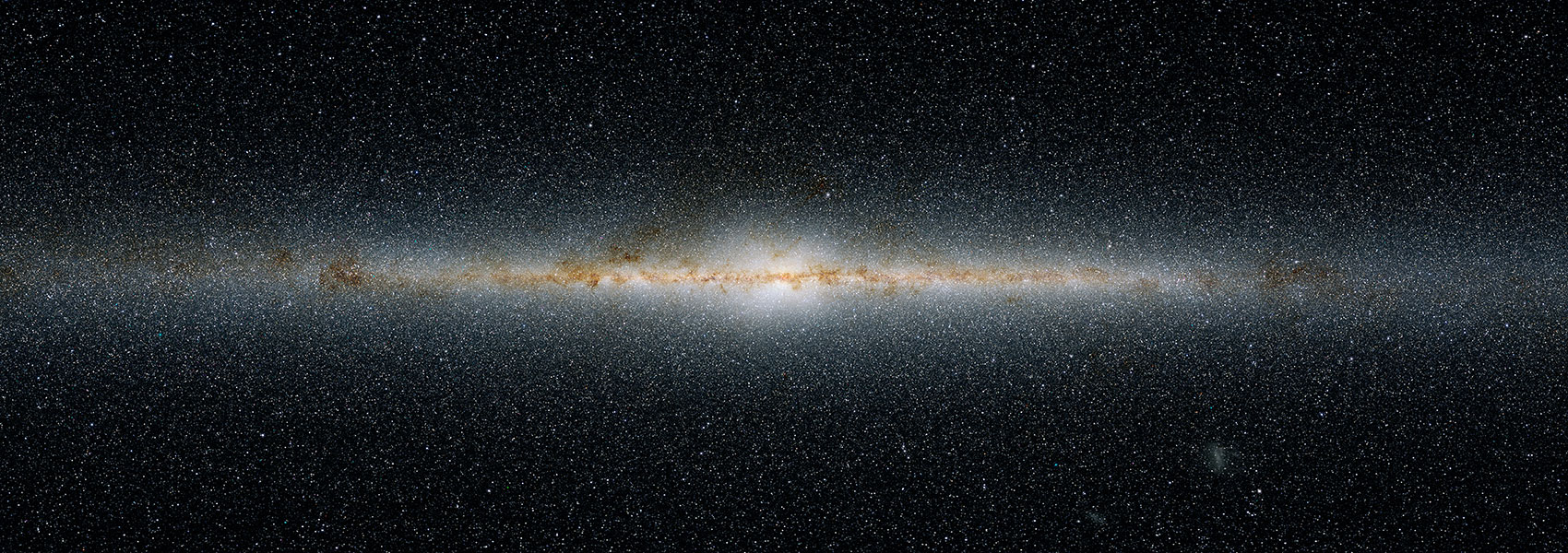December
2008
•
2008MNRAS.391.1075C
Authors
•
Casassus, Simon
•
Dickinson, Clive
•
Cleary, Kieran
•
Paladini, Roberta
•
Etxaluze, Mireya
•
Lim, Tanya
•
White, Glenn J.
•
Burton, Michael
•
Indermuehle, Balt
•
Stahl, Otmar
•
Roche, Patrick
Abstract
•
The ρ Oph molecular cloud is undergoing intermediate-mass star formation. Ultraviolet radiation from its hottest young stars heats and dissociates exposed layers, but does not ionize hydrogen. Only faint radiation from the Rayleigh-Jeans tail of ~10-100 K dust is expected at wavelengths longwards of ~3 mm. Yet cosmic background imager (CBI) observations reveal that the ρ Oph W photodissociation region is surprisingly bright at centimetre wavelengths. We searched for interpretations consistent with the Wilkinson Microwave Anisotropy Probe radio spectrum, new Infrared Space Observatory-Long Wavelength Spectrograph (LWS) parallel mode images and archival Spitzer data. Dust-related emission mechanisms at 1 cm, as proposed by Draine & Lazarian, are a possibility. But a magnetic enhancement of the grain opacity at 1 cm is inconsistent with the morphology of the dust column maps Nd and the lack of detected polarization. Spinning dust, or electric-dipole radiation from spinning very small grains (VSGs), comfortably explains the radio spectrum, although not the conspicuous absence from the CBI data of the infrared circumstellar nebulae around the B-type stars S1 and SR3. Allowing for VSG depletion can marginally reconcile spinning dust with the data. As an alternative interpretation, we consider the continuum from residual charges in ρ Oph W, where most of carbon should be photoionized by the close binary HD 147889 (B2IV, B3IV). Electron densities of ~102cm-3, or H-nucleus densities nH > 106cm-3, are required to interpret ρ Oph W as the CII Strömgren sphere of HD 147889. However, the observed steep and positive low-frequency spectral index would then imply optically thick emission from an hitherto unobserved ensemble of dense clumps or sheets with a filling factor of ~10-4 and nH ~ 107cm-3.
Links




